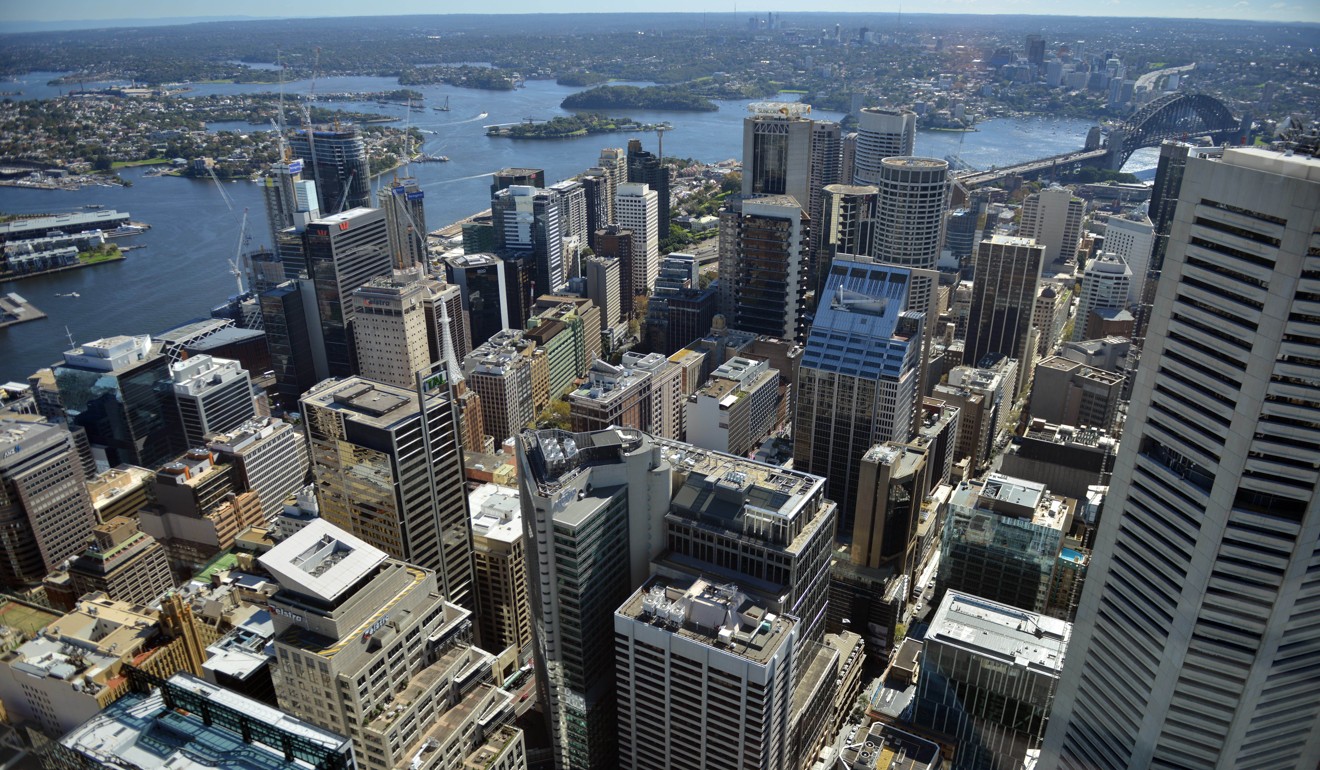
Hong Kong dominates Asian property investment in first half
But survey ranks Sydney as the region’s top potential investment market next year, with Melbourne second, Singapore third, Shanghai fourth, Ho Chi Minh fifth, Shenzhen sixth, Tokyo seventh and Hong Kong a lowly thirteenth

Hong Kong attracted the most property investment in Asia in the first half of 2017, according to a latest annual property report from PwC.
The city took the top investment spot with real estate sales reaching US$8,269 million, a 5 per cent year over year increase, ahead of Tokyo which had sales worth US$6,207 million. Shanghai came in third (US$5,854 million), and fourth was Singapore (US$5,801).
The data in the “Emerging Trends in Real Estate Asia Pacific 2018” report was collected by Real Capital Analytics.
The study – based on predictions and interviews with 600 industry experts by the professional services firm, and the non-profit education and research organisation Urban Land Institute (ULI) – also covered rankings in terms of the future “potential” Asian property hotspots.
Participants were asked to rank Asian cities as a “potential” investment target next year. Sydney is now considered the region’s top potential investment market, Melbourne is second, Singapore third, Shanghai fourth, Ho Chi Minh fifth, Shenzhen sixth, and Tokyo seventh and Hong Kong a lowly thirteenth, although that was better than its eighteenth position in last year’s report.
“In spite of a lack of investment opportunities due to high prices and a relatively illiquid market, activity in Hong Kong is increasing,” said David Faulkner, vice-chairman of ULI Hong Kong and managing director, valuation and advisory services, Asia, at Colliers International.

The study said four key elements contributed to Hong Kong’s investment potential next year: land bought by Chinese developers; a belief the market has bottomed out after years of decline; foreign investors looking for other ways to make a profit; and activity in Hong Kong’s secondary CBD in east Kowloon.
“Chinese investors, in particular, are continuing to invest in the city and there are lots of opportunities for the savvy investor,” Faulkner said.
Most investment continues to come from wealthy mainland Chinese who want to expand out of their domestic market, and local buyers who are still not being put off by high property prices caused by a shortage of supply.
On November 1, Li Ka-shing, Hong Kong’s wealthiest tycoon and chairman of CK Asset Holdings, revealed he was parted ways with the tallest building in his property portfolio, selling The Center tower for a record HK$40.2 billion (US$5.15 billion) to a consortium of the city’s investors and buyers from mainland China, marking what could be the world’s most expensive real estate transaction.
And most recently a waterfront residential site in the former industrial area of Cheung Sha Wan sold for a record HK$17.28 billion to a consortium of five companies from Hong Kong and the mainland.
“Real estate returns are low, profit expectations should be lower,” said ULI consultant and principal author of the report, Colin Galloway. But international buyers are remaining in the market by finding other ways to make profit.
“In Hong Kong there is a big difference between Grade B and Grade A [property] in terms of pricing,” he said. “If you are able to pick up a Grade B asset and renovate and improve it, you have a good potential for making a profit.”
Alternative markets which were previously of little interest to investors are also now being tapped, including for data centres, affordable public housing estates, build-to-rent facilities and student and senior housing.
Some buyers also think a market bottom has been reached on the retail side after several years of decline, the report stated. Activity in Hong Kong’s secondary central business district, East Kowloon, is also continuing to pick up, and “doesn’t show any sign of stopping,” said Galloway.